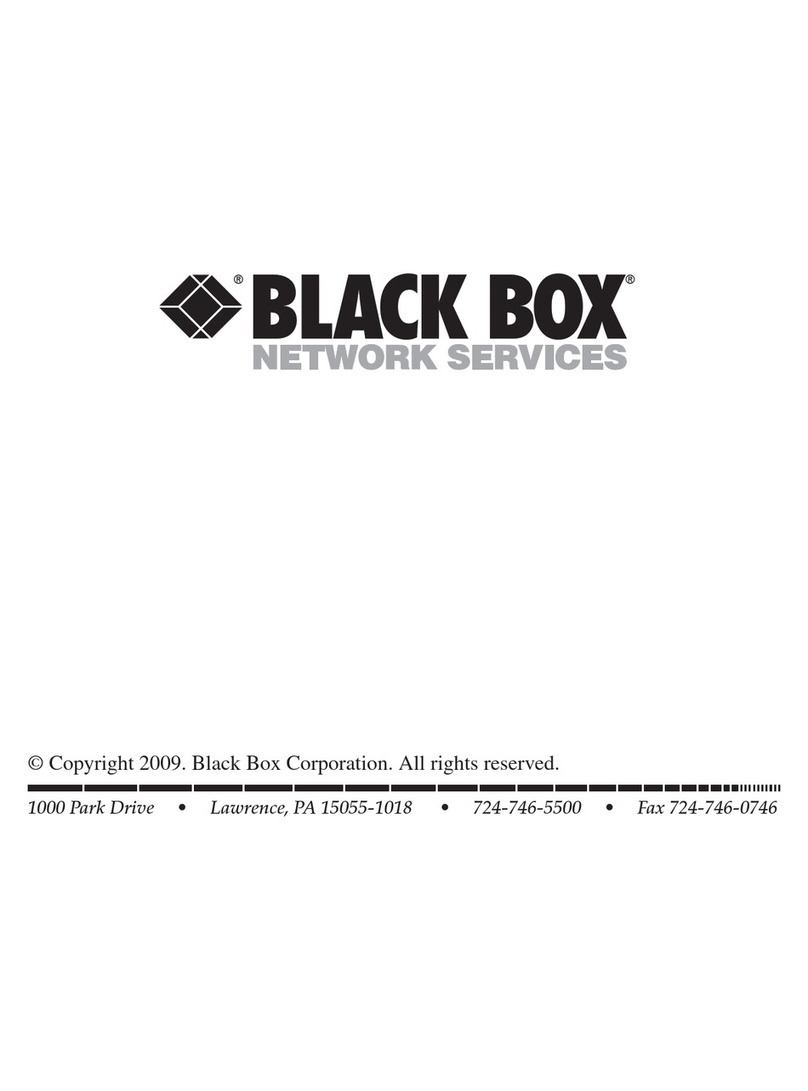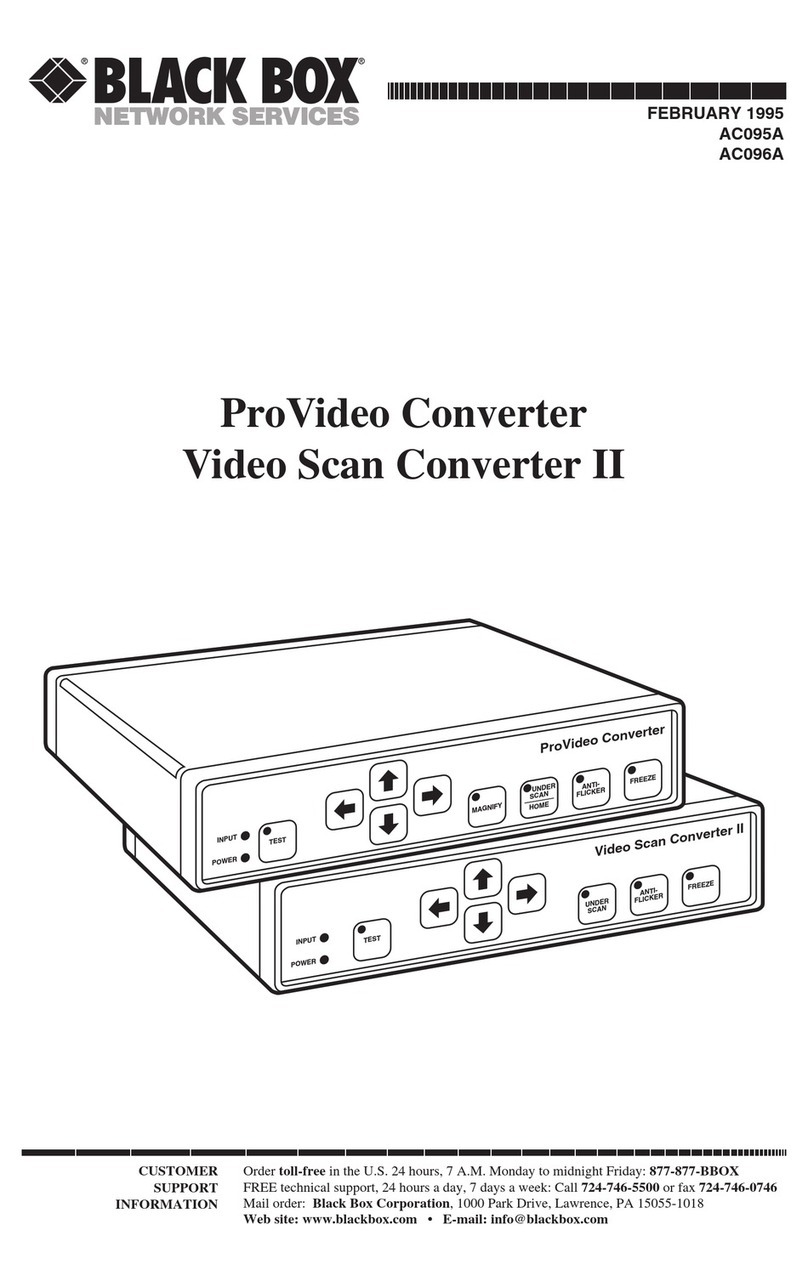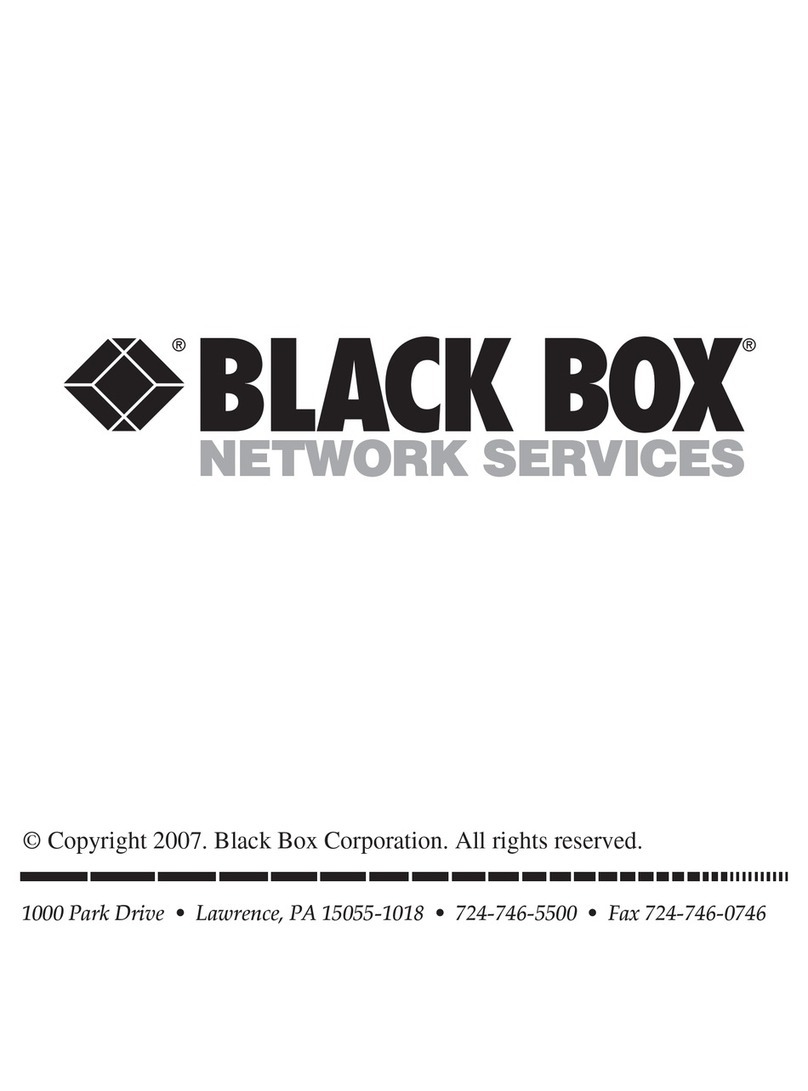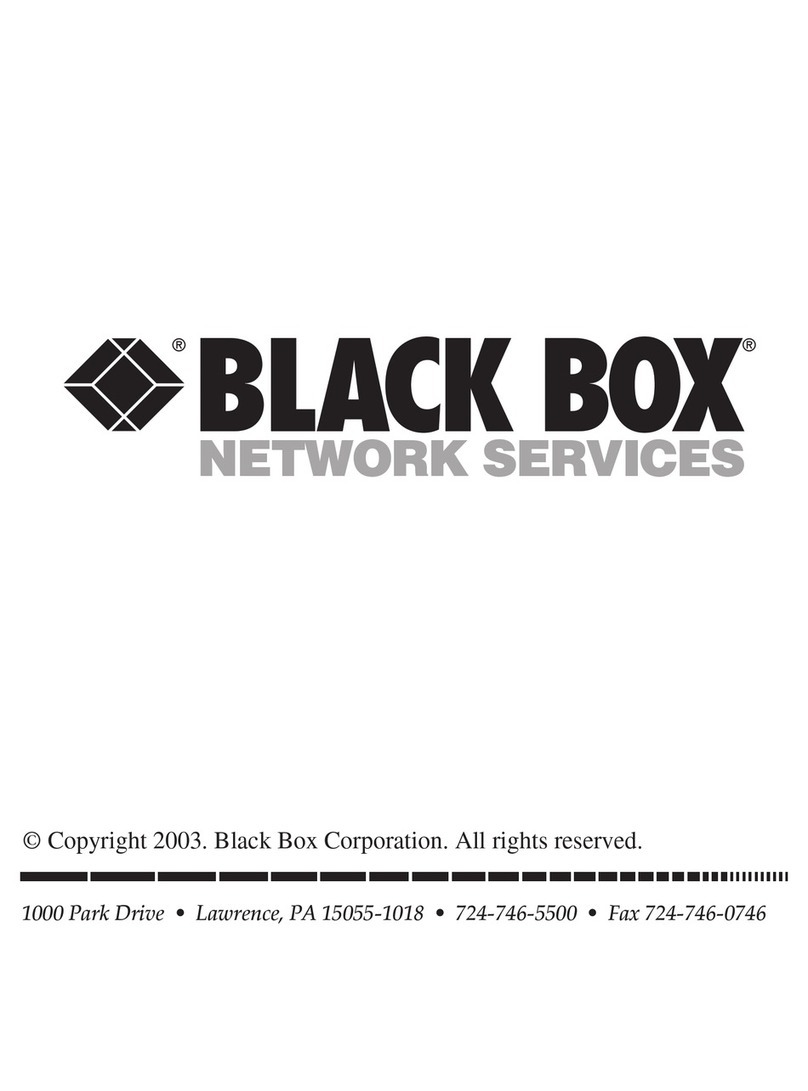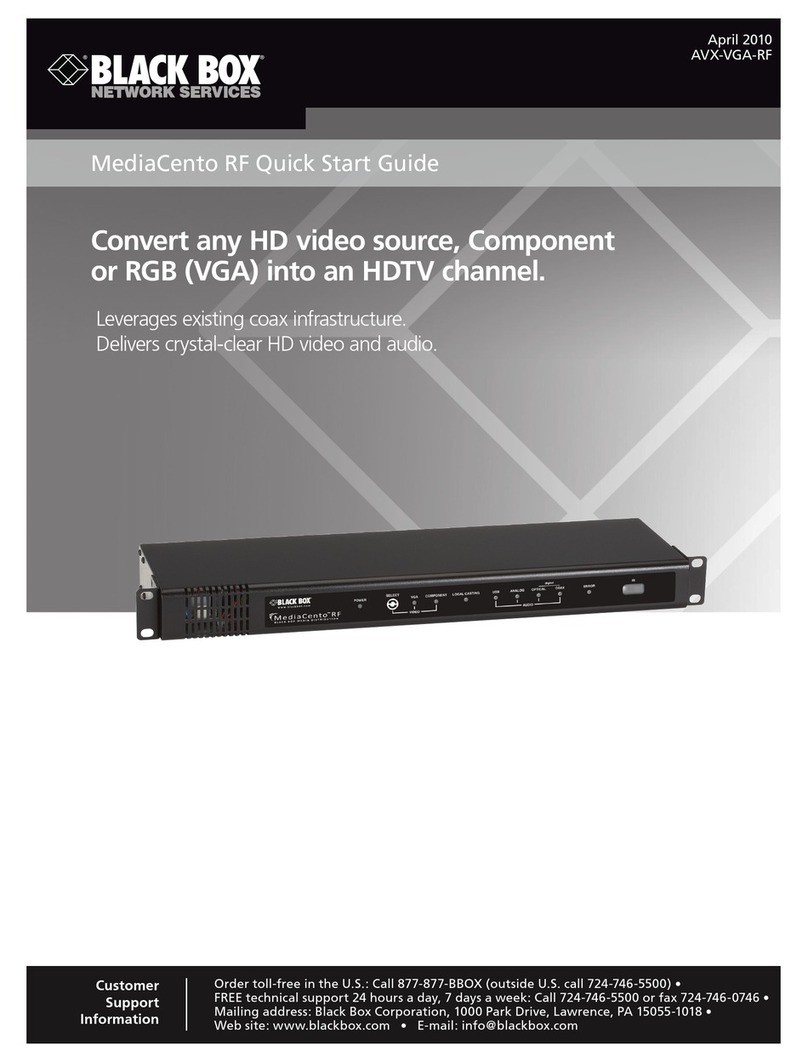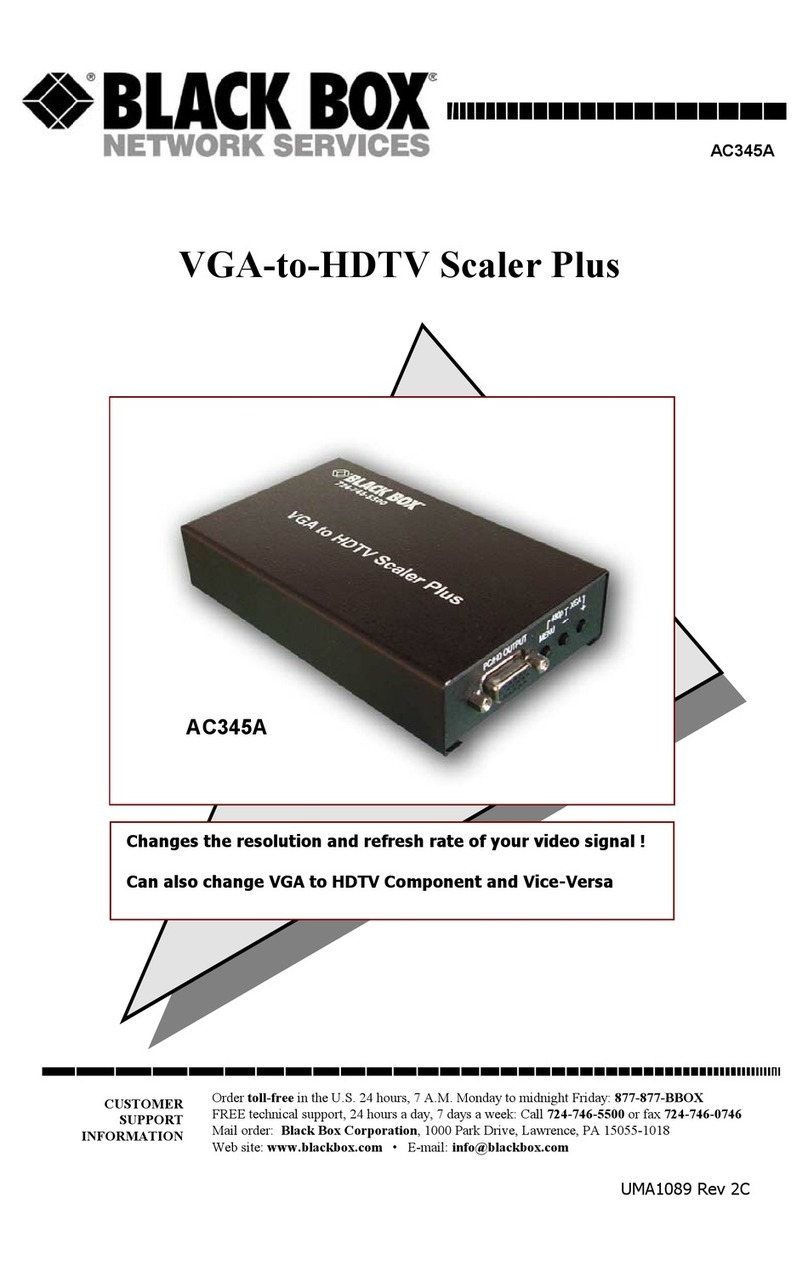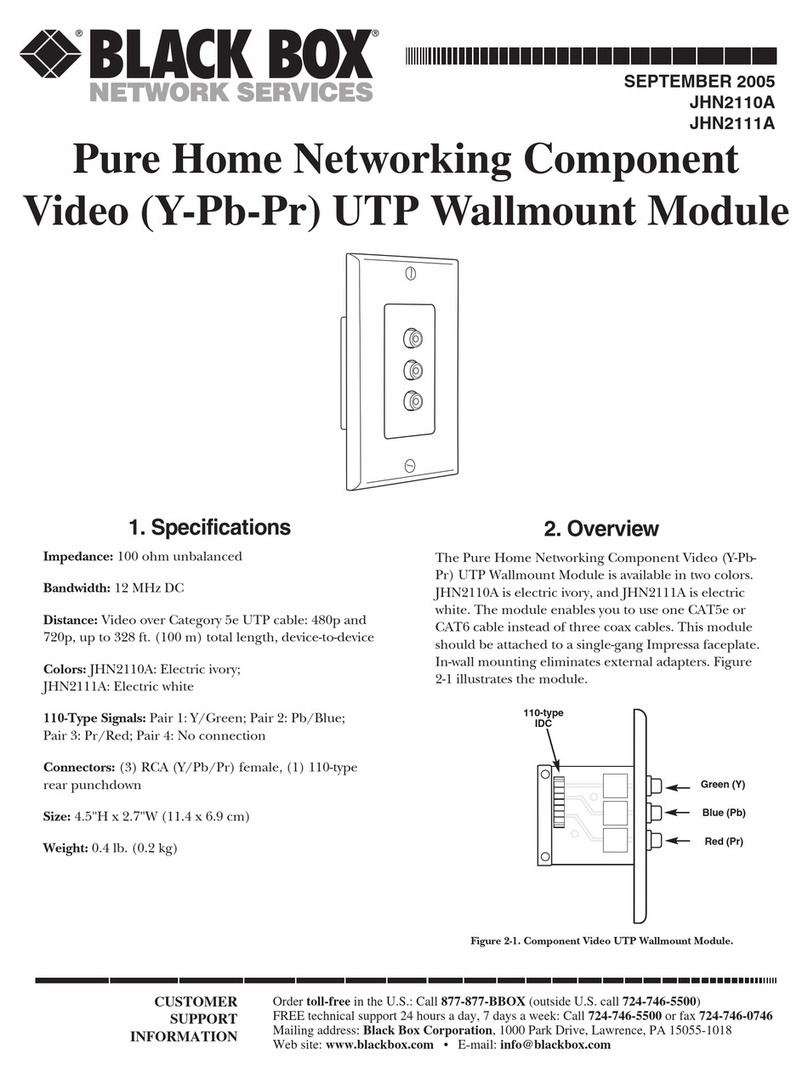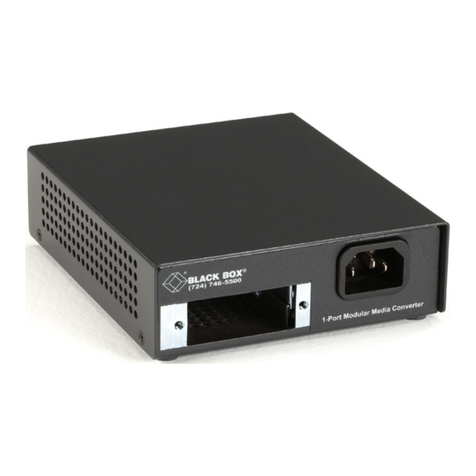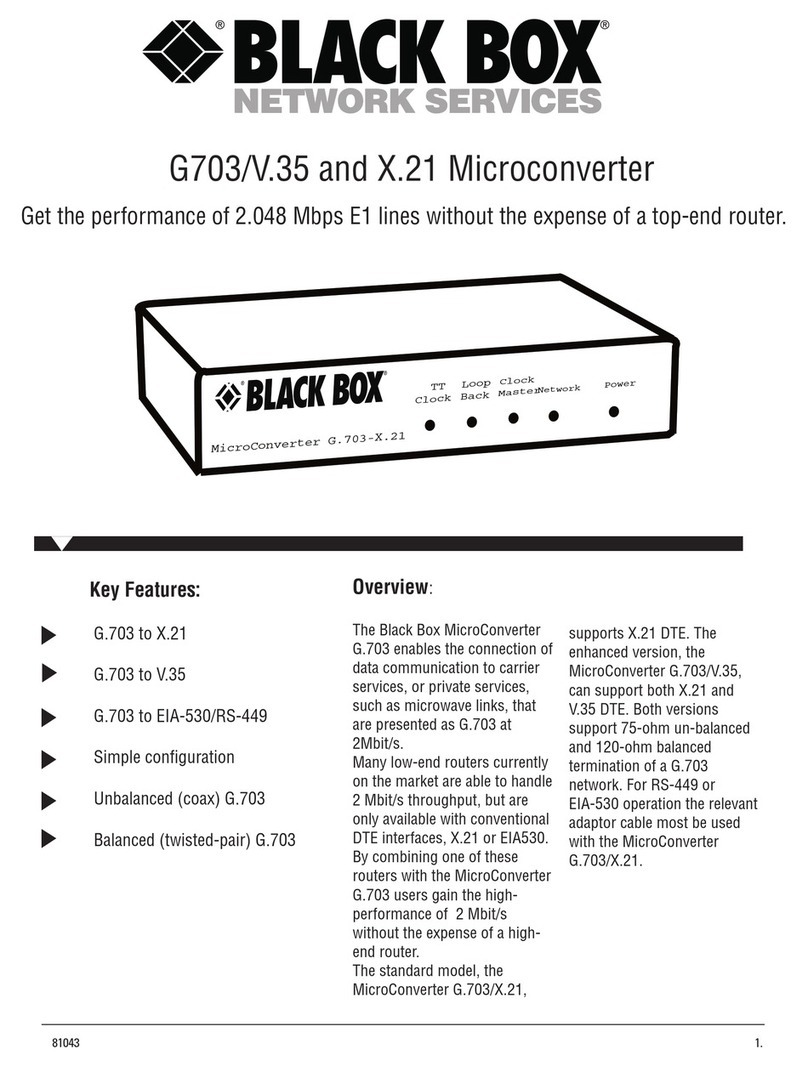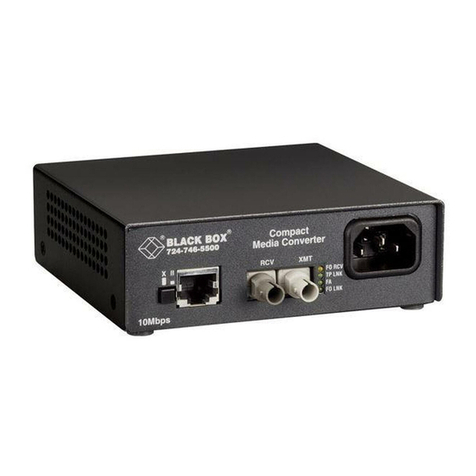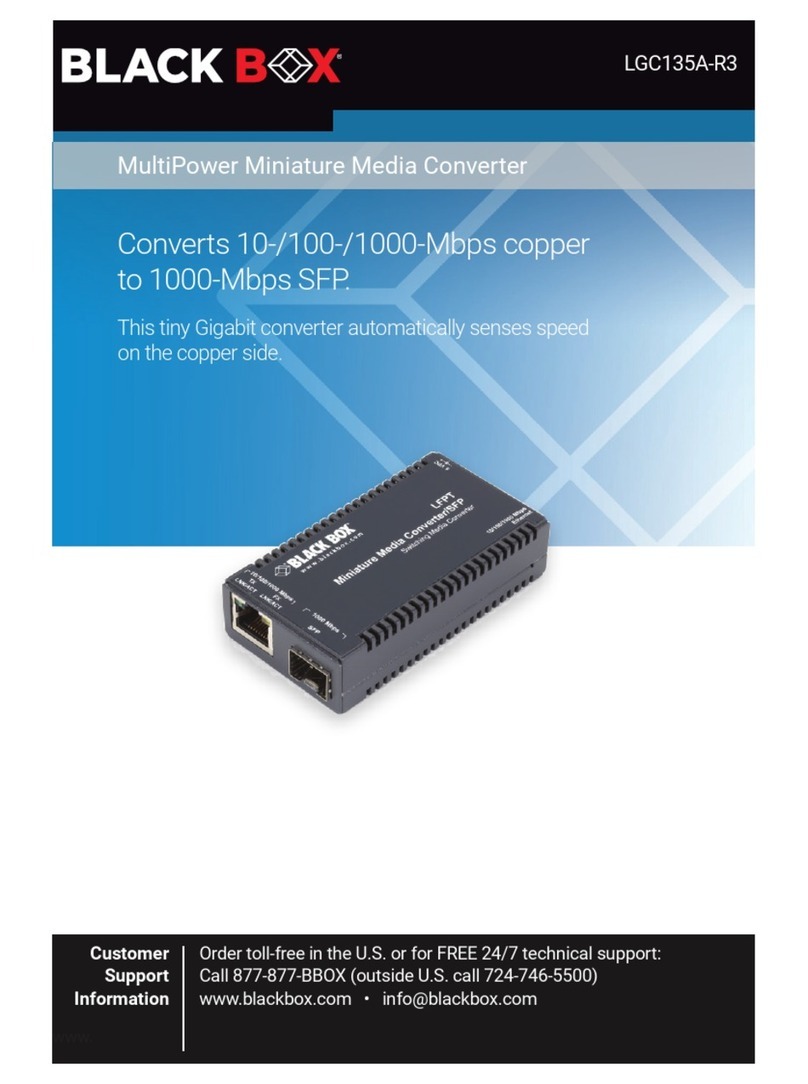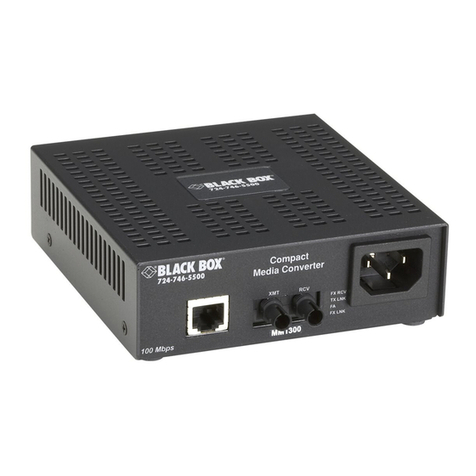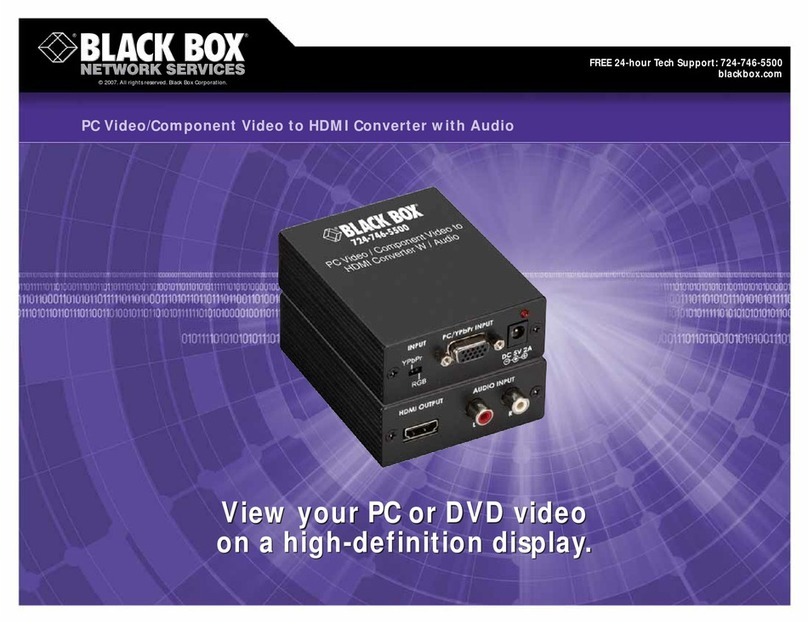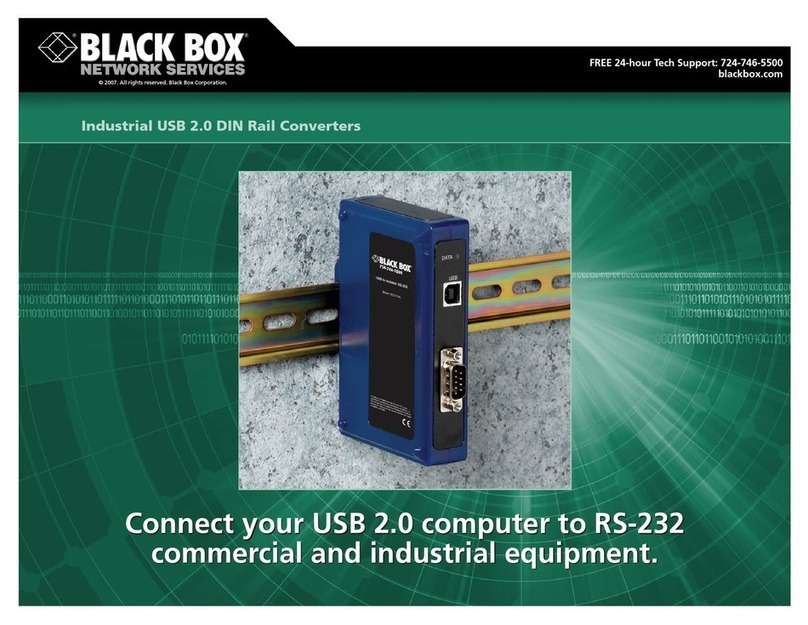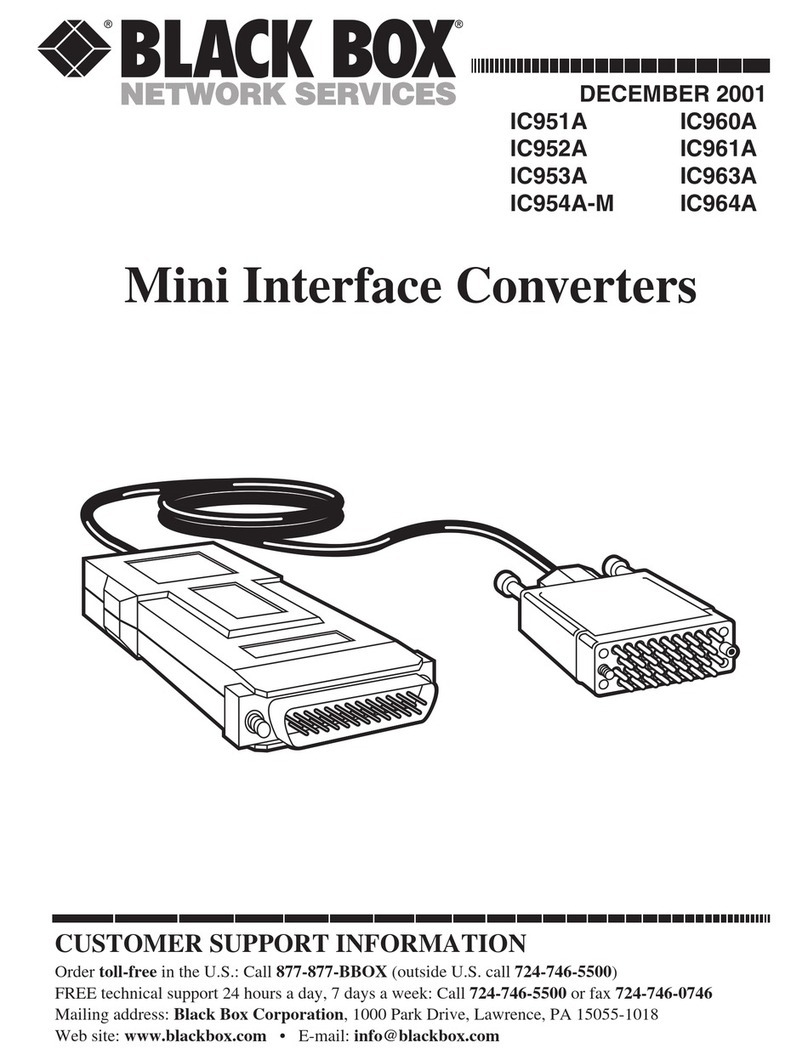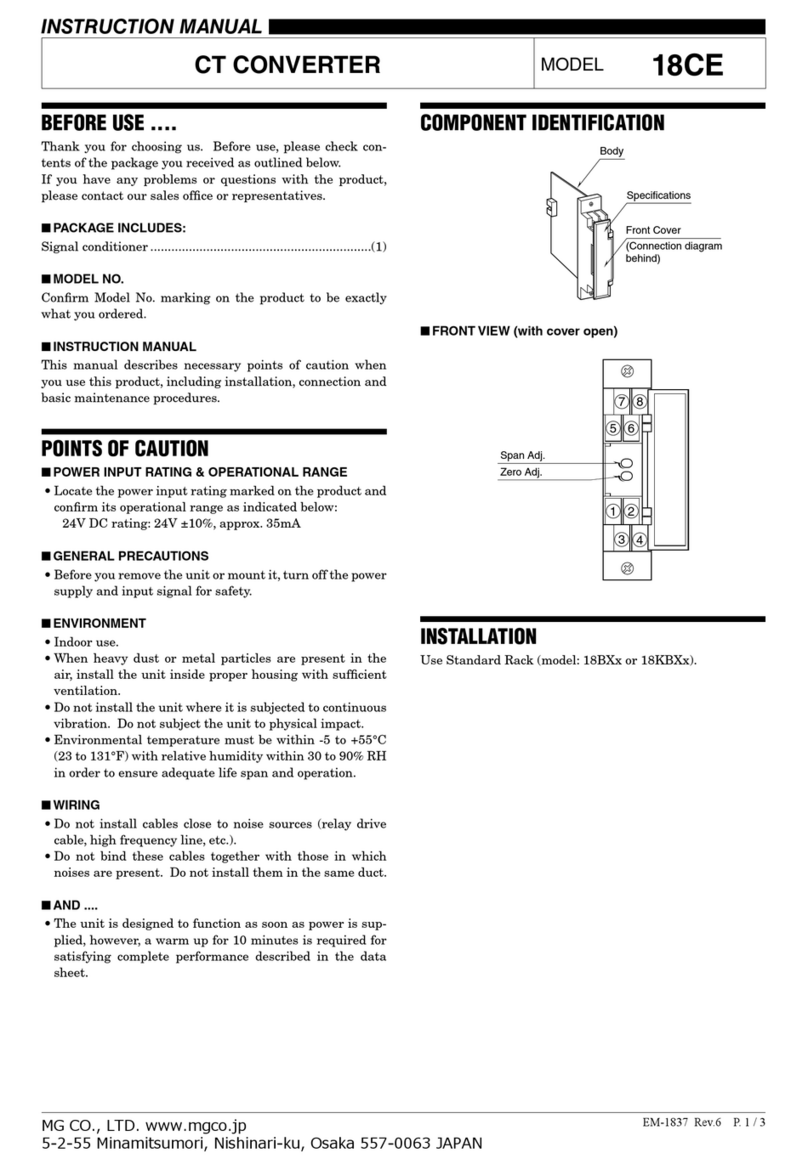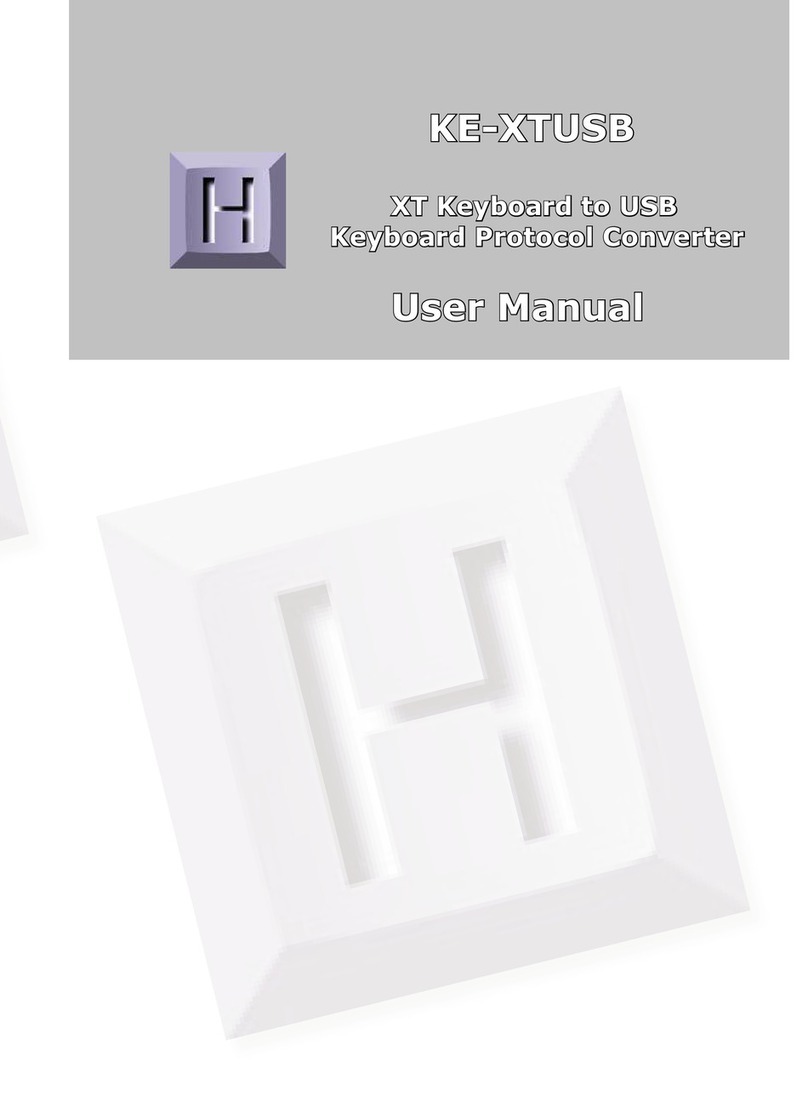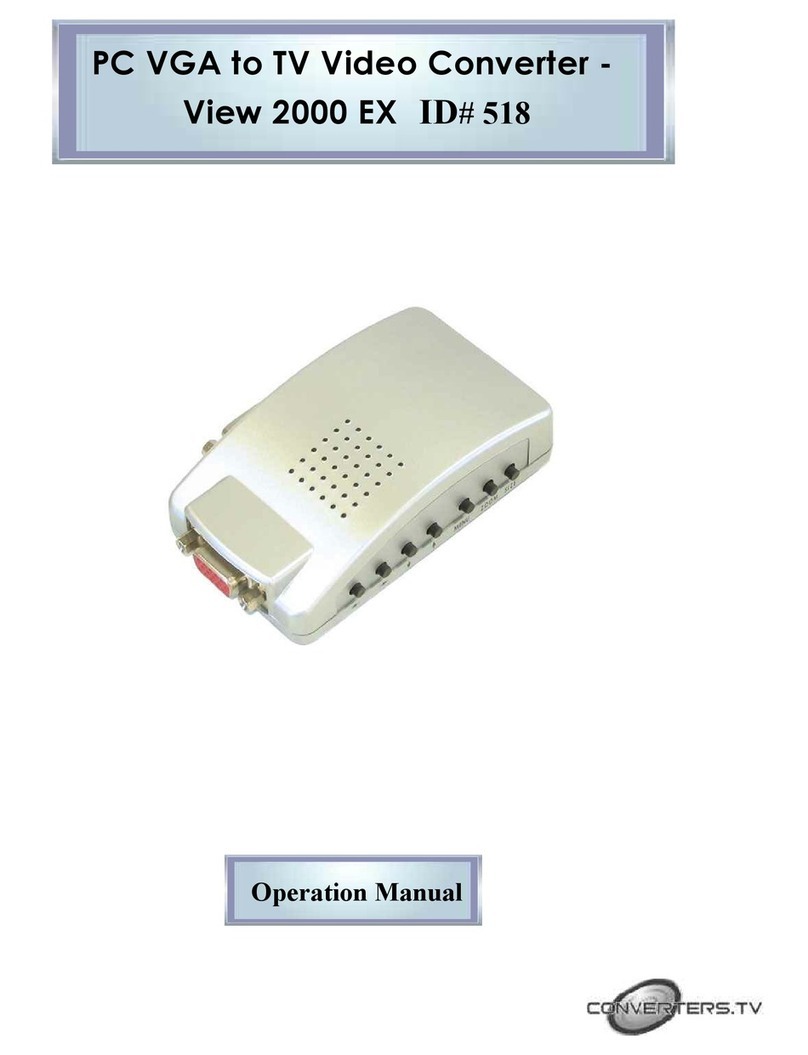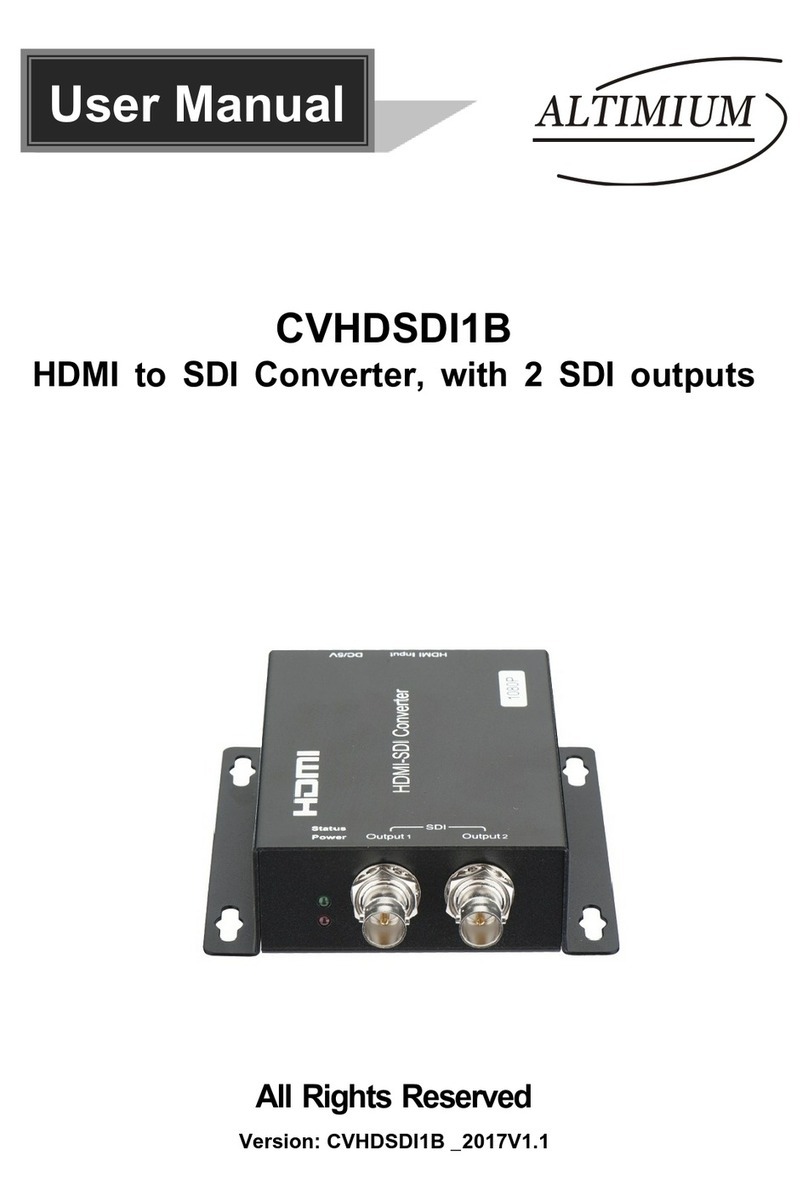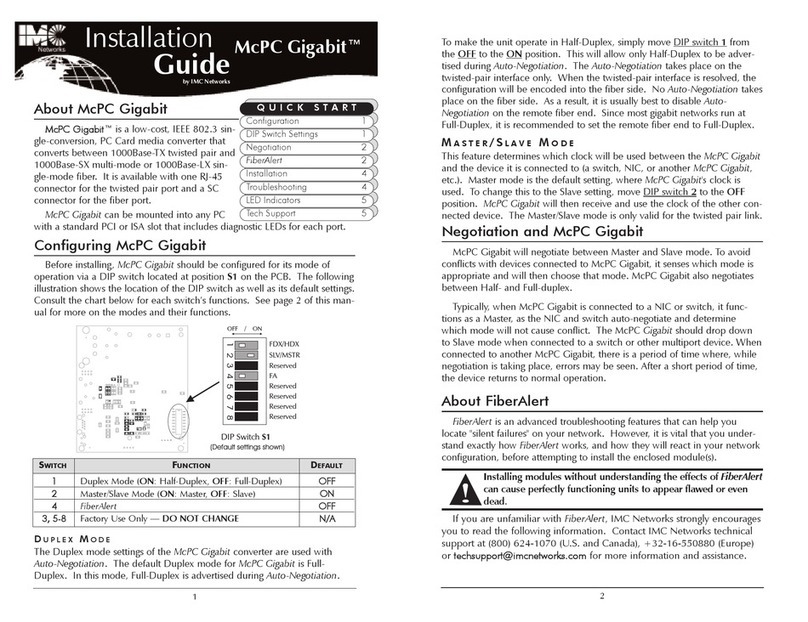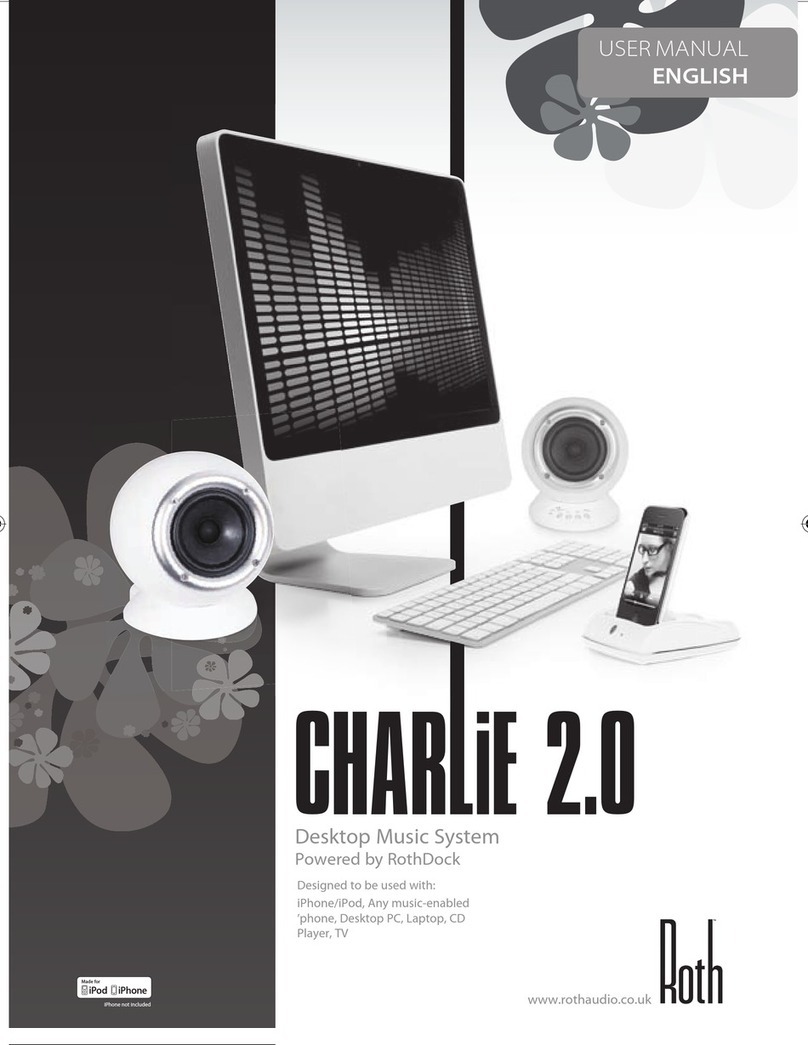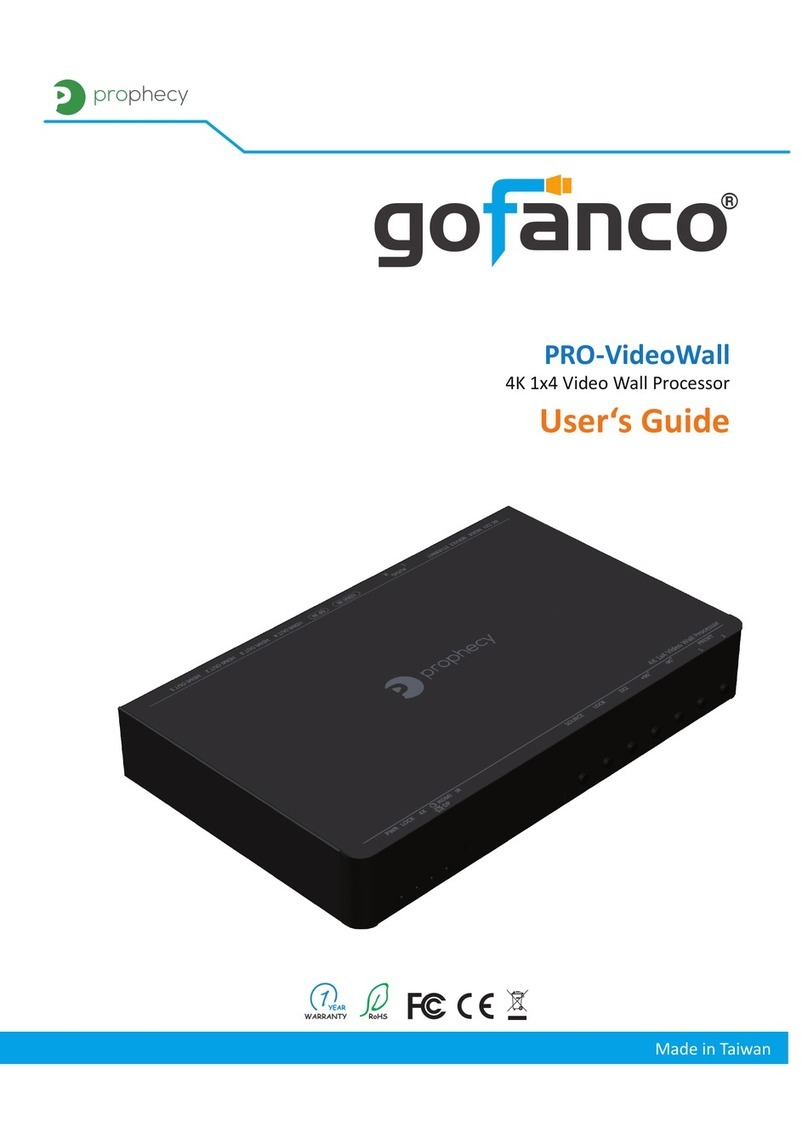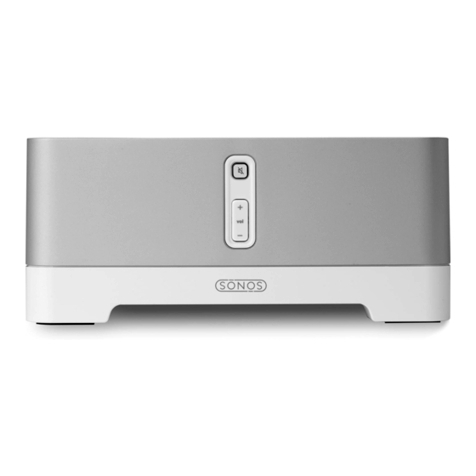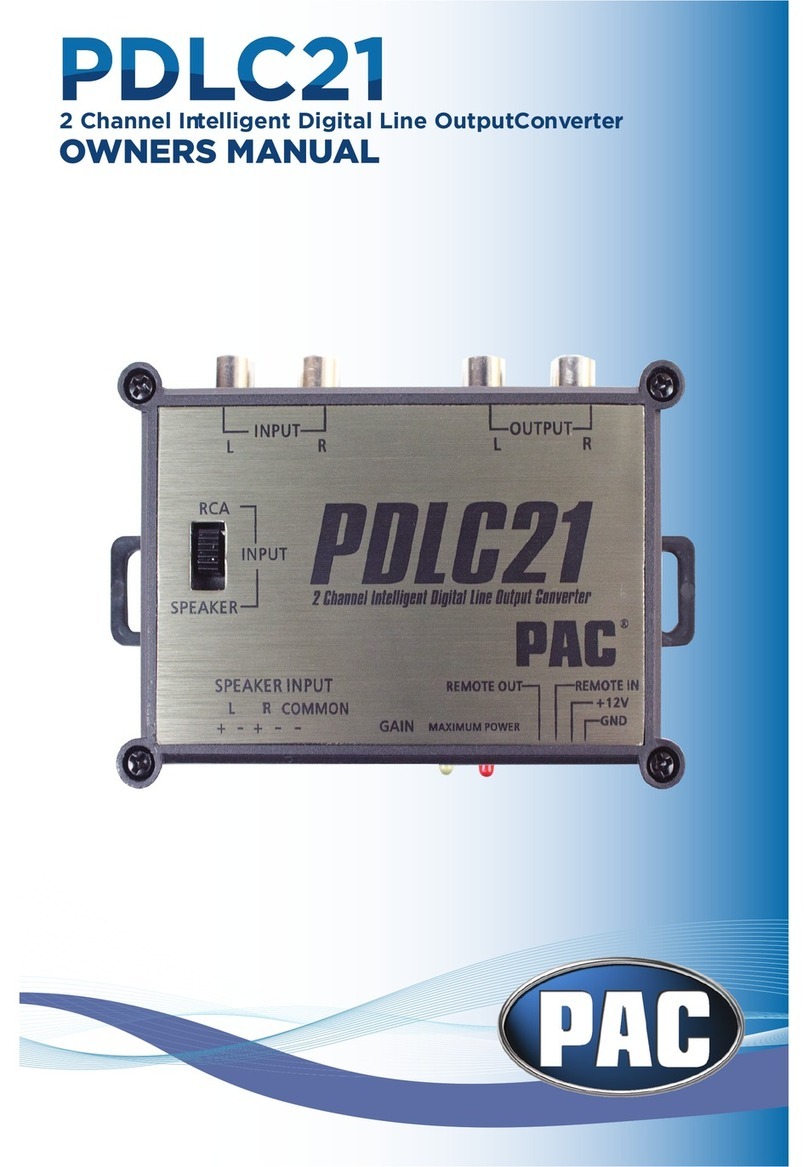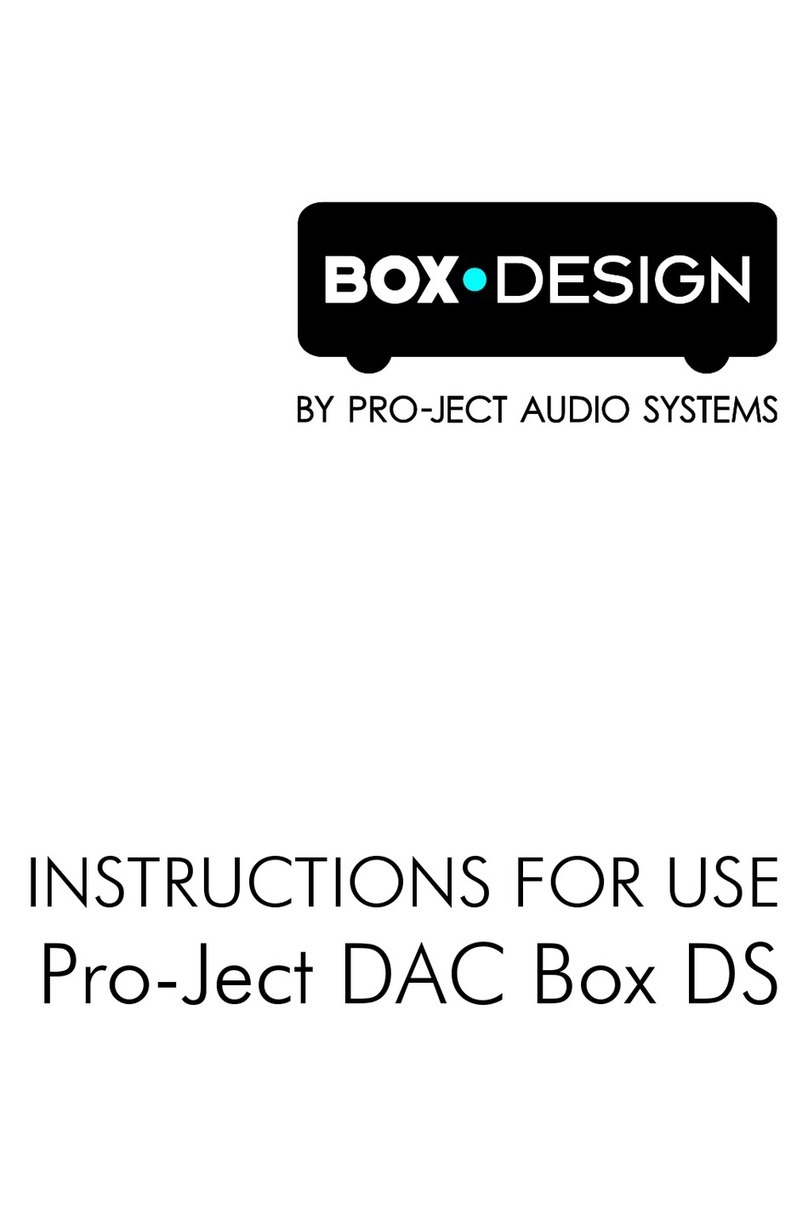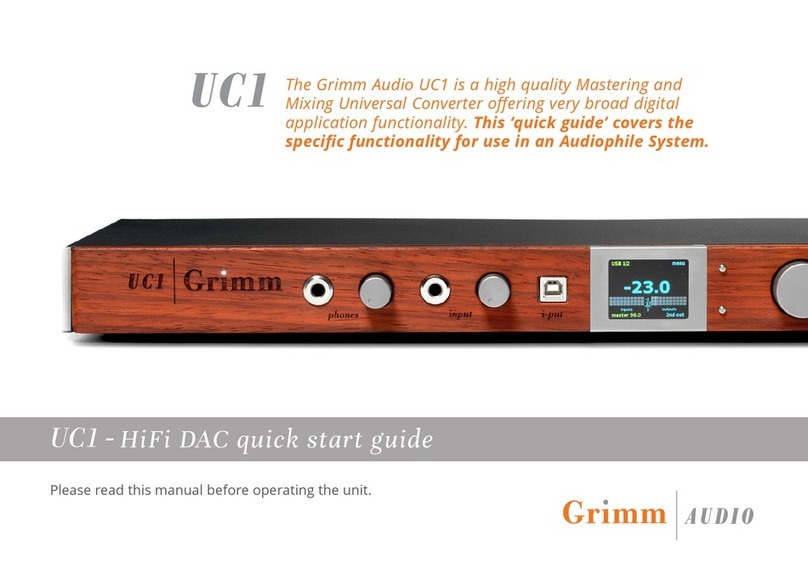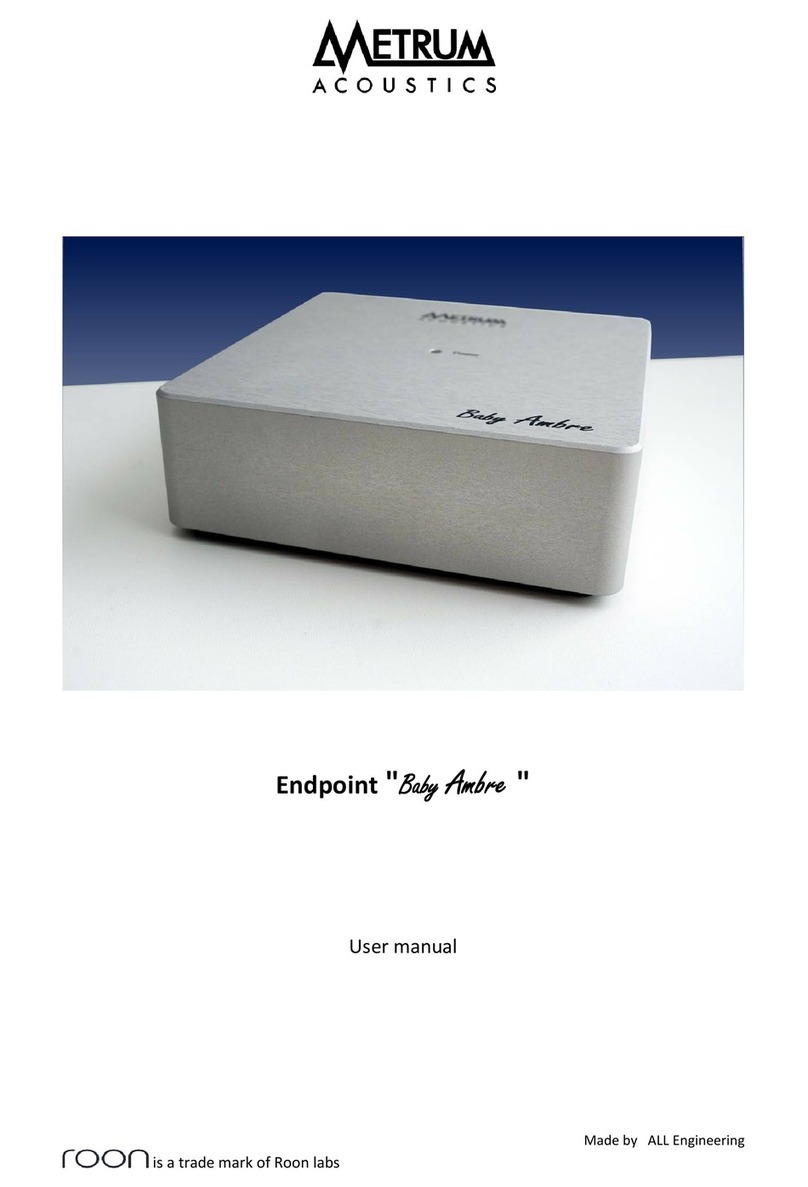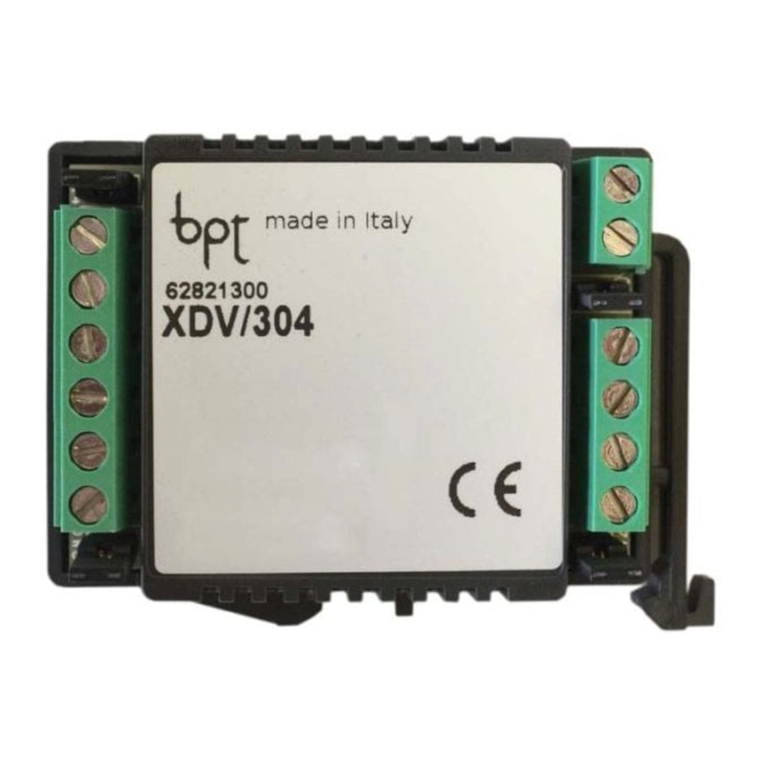15
CHAPTER 3: Installation
3.4.3 C
ONNECTING THE
C
ONVERTER TO THE
SCSI B
US
Install the SCSI Differential Converter at one end or the other of the single-ended
SCSI chain and differential chain that you want to interconnect. (That is, run
standard single-ended cable to the Converter from either the first or last device on
the single-ended chain, and run standard differential cable to the Converter from
either the first or last device on the differential chain.) The Converter has one
single-ended (50-pin Centronics®or 68-pin high-density) female connector and
one differential (50- or 68-pin high-density) female connector, with locking
tabs/clips and screwlocks respectively for secure connections. These ports are not
computer- or peripheral-specific, so you can connect cable from either a computer
or a SCSI peripheral to either of them.
Use good cable for your SCSI bus. High-quality shielded SCSI cables will provide
a link with the greatest noise immunity, and across the greatest distance, between
the Converter and your other SCSI devices. No matter how good the cable is,
however, no single-ended SCSI cable connected to the Converter may be longer
than 6 m (19.7 ft.)—3 m (9.8 ft.) if you’re running at a Fast SCSI data rate—and
no attached differential cable may be longer than 25 m (82 ft.). We highly
recommend that even differential cable runs be kept to a maximum of 5 or 10 m
(16.4 or 32.8 ft.) for optimum system performance.
CAUTION!
Do not attach a differential SCSI bus to the Converter’s single-ended
port. This could damage the Converter even though it has internal
protection.
Don’t attach a single-ended bus to the differential port, either. The
differential port is also internally protected and would not be damaged
by a brief attachment to a single-ended bus, but its voltage levels could
damage the other devices on the bus.
3.4.5 E
NSURING
P
ROPER
T
ERMINATION
All SCSI buses must be properly terminated at each end. But because the SCSI
Differential Converter essentially ties together two SCSI chains that can each be as
long as an entire bus, there has to be extra termination on each side of the
Converter in addition to the standard terminators at each end of the bus.
That’s a total of four terminators—two on each side of the Converter. Figure 3-2
on the next page shows the locations of the required terminators. Be careful,
though—your system will fail if more than two terminators are installed on either
side of the Converter.





















